18+ or LEAVE NOW. This is an ADULT CONTENT PAGE. I'm just a guy who knows what he likes and is lucky enugh to have a wife who tolerates most of it. Open to questions, willing to be friendly and treat people the way I expect to be...
Don't wanna be here? Send us removal request.
Text
Good. I have zero fucks to give for these assholes.



Absolutely amazing 
74 notes
·
View notes
Text
Semper Fi! And to the Corpsmen, Semper Nauta!

U.S. Marine Corps and U.S. Navy emblems adorn several panels at the Iwo Jima display at the National Museum of the Marine Corps in Quantico, VA. Each emblem represents a serviceman who lost their life during the battle.
March 26, 1945, marked the end of the 36-day long battle that resulted in over 26,000 American casualties, including 6,800 killed in action.
The battle for Iwo Jima also saw 27 Medals of Honor awarded to Marine and Navy personnel for gallantry above and beyond the call of duty.
(Photo courtesy of Sgtgrunt0331)
95 notes
·
View notes
Text
Once again, you insist on answering what you think I said, without actually reading what I wrote. Come back when your comprehension skills exceed your emotional diarrhea. Till then, buh bye.

171 notes
·
View notes
Text
Cool.

Greek Farmer Stumbles Onto 3,400-Year-Old Tomb Hidden Below His Olive Grove
The Crete local was trying to park his vehicle when he accidentally unearthed the ancient Minoan grave
Sometime between 1400 and 1200 B.C., two Minoan men were laid to rest in an underground enclosure carved out of the soft limestone native to southeast Crete. Both were entombed within larnakes—intricately embossed clay coffins popular in Bronze Age Minoan society—and surrounded by colorful funerary vases that hinted at their owners’ high status. Eventually, the burial site was sealed with stone masonry and forgotten, leaving the deceased undisturbed for roughly 3,400 years.
Earlier this summer, a local farmer accidentally brought the pair’s millennia-long rest to an abrupt end, George Dvorsky reports for Gizmodo. The farmer was attempting to park his vehicle beneath a shaded olive grove on his property when the ground gave way, forcing him to find a new parking spot. As he started to drive off, the unidentified local noticed a four-foot-wide hole that had emerged in the patch of land he’d just vacated. Perched on the edge of the gaping space, the man realized he’d unintentionally unearthed “a wonderful thing.”
According to a statement, archaeologists from the local heritage ministry, Lassithi Ephorate of Antiquities, launched excavations below the farmer’s olive grove at Rousses, a small village just northeast of Kentri, Ierapetra, in southeast Crete. They identified the Minoan tomb, nearly perfectly preserved despite its advanced age, in a pit measuring roughly four feet across and eight feet deep. The space’s interior was divided into three carved niches accessible by a vertical trench.
In the northernmost niche, archaeologists found a coffin and an array of vessels scattered across the ground. The southernmost niche yielded a second sealed coffin, as well as 14 ritual Greek jars called amphorae and a bowl.
Forbes’ Kristina Kilgrove writes that the high quality of the pottery left in the tomb indicates the individuals buried were relatively affluent. She notes, however, that other burial sites dating to the same Late Minoan period feature more elaborate beehive-style tombs.
“These [men] could be wealthy,” Kilgrove states, “but not the wealthiest.”
Unlike many ancient tombs, the Kentri grave was never discovered by thieves, Argyris Pantazis, deputy mayor of local communities, agrarian and tourism of Ierapetra, tells local news outlet Cretapost. In fact, the site likely would have remained sealed in perpetuity if not for the chance intervention of a broken irrigation pipe, which watered down the soil surrounding the farmer’s olive grove and led to his unexpected parking debacle.


“We are particularly pleased with this great archaeological discovery, as it is expected to further enhance our culture and history,” Pantazis added in his interview with Cretapost. “Indeed, this is also a response to all those who doubt that there were Minoans in Ierapetra.”
According to Archaeology News Network, most Minoan settlements found on Crete are located in the lowlands and plains rather than the mountainous regions of Ierapetra. Still, a 2012 excavation in Anatoli, Ierapetra, revealed a Minoan mansion dating to between 1600 and 1400 B.C., roughly the same time period as the Kentri tomb.
This latest find offers further proof of the ancient civilization’s presence—as Mark Cartwright notes for Ancient History Encyclopedia, the Minoans are most renowned for their labyrinthine palace complexes, which likely inspired the classic Greek myth of Theseus and the Minotaur. According to legend, Queen Pasiphae of Crete gave birth to the Minotaur, a fierce half-man, half-bull hybrid, after falling for a bull sent to Earth by the Greek god Zeus. The Minotaur, doomed to an eternity spent wandering the halls of an underground labyrinth and killing anyone it encountered, was eventually defeated by the demigod Theseus, who relied on an enchanted ball of thread provided by the king’s daughter, Ariadne, to escape the maze.
Much of the Minoans’ history remains unclear, but Forbes’ Kilgrove reports that natural disasters, including the eruption of the Thera volcano, an earthquake and a tsunami, contributed to the group’s downfall, enabling enemies such as the Mycenaeans to easily invade. Analysis of the excavated Kentri tomb may offer further insights on the Minoan-Mycenaean rivalry, as well as the Cretan civilization’s eventual demise.
By Meilan Solly.
(Discovered in Summer 2018)

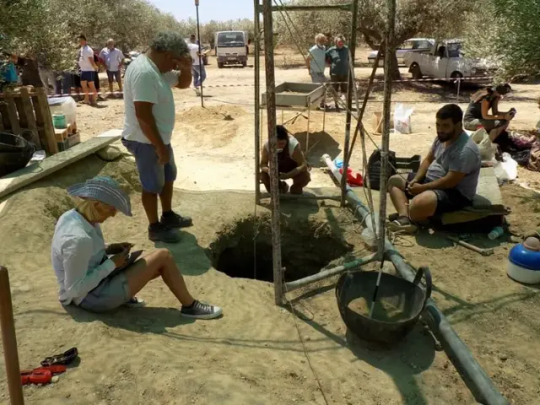
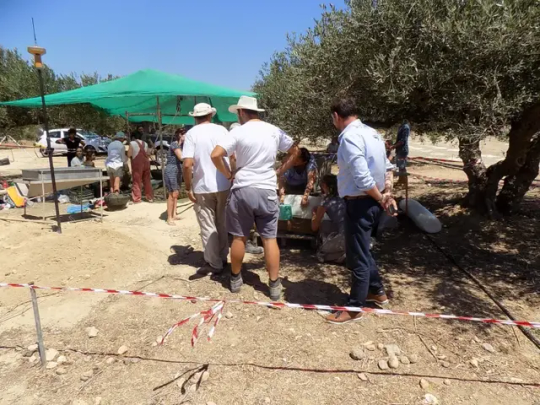
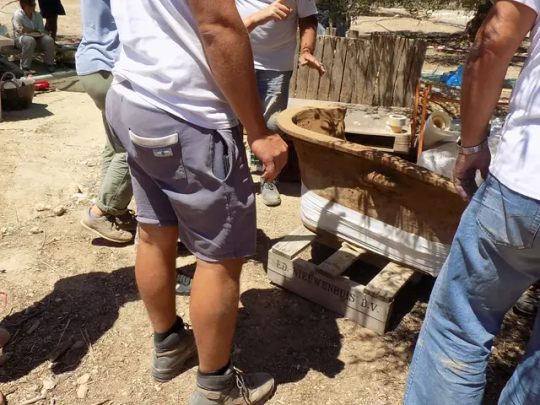
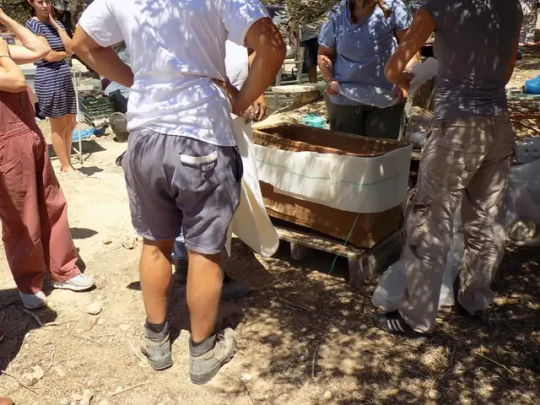
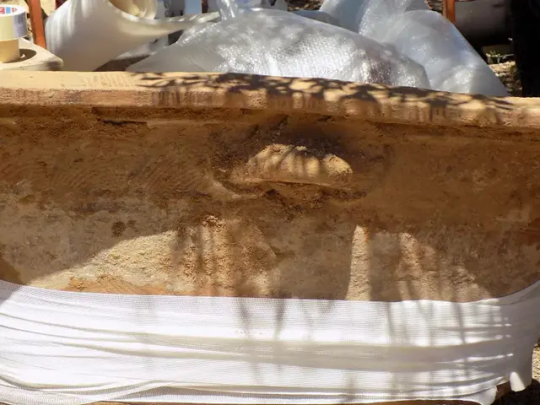
120 notes
·
View notes
Note
I’d like for them to stay exactly where they are, and all the people who wish them harm to get the hell somewhere else.
Pardon my French, but where the putain do the leftists want the Jews to go?
They don't want them in the Middle East.
They don't want them in Europe.
They don't want them in America.
It's almost like ... they don't want them anywhere. O.o
Weird how that always seems to be what it comes down to, huh?
24 notes
·
View notes
Text


Important message from Scott Presler. Please help spread the word. Thank you 🇺🇸
112 notes
·
View notes
Photo
He was a helluva ball player!

February 9, 1971 - Pitcher Leroy “Satchel” Paige becomes the first Negro League veteran to be nominated for the Baseball Hall of Fame. In August of that year, Paige, a pitching legend known for his fastball, showmanship and the longevity of his playing career, which spanned five decades, was inducted. Joe DiMaggio once called Paige “the best and fastest pitcher I’ve ever faced.”
749 notes
·
View notes






